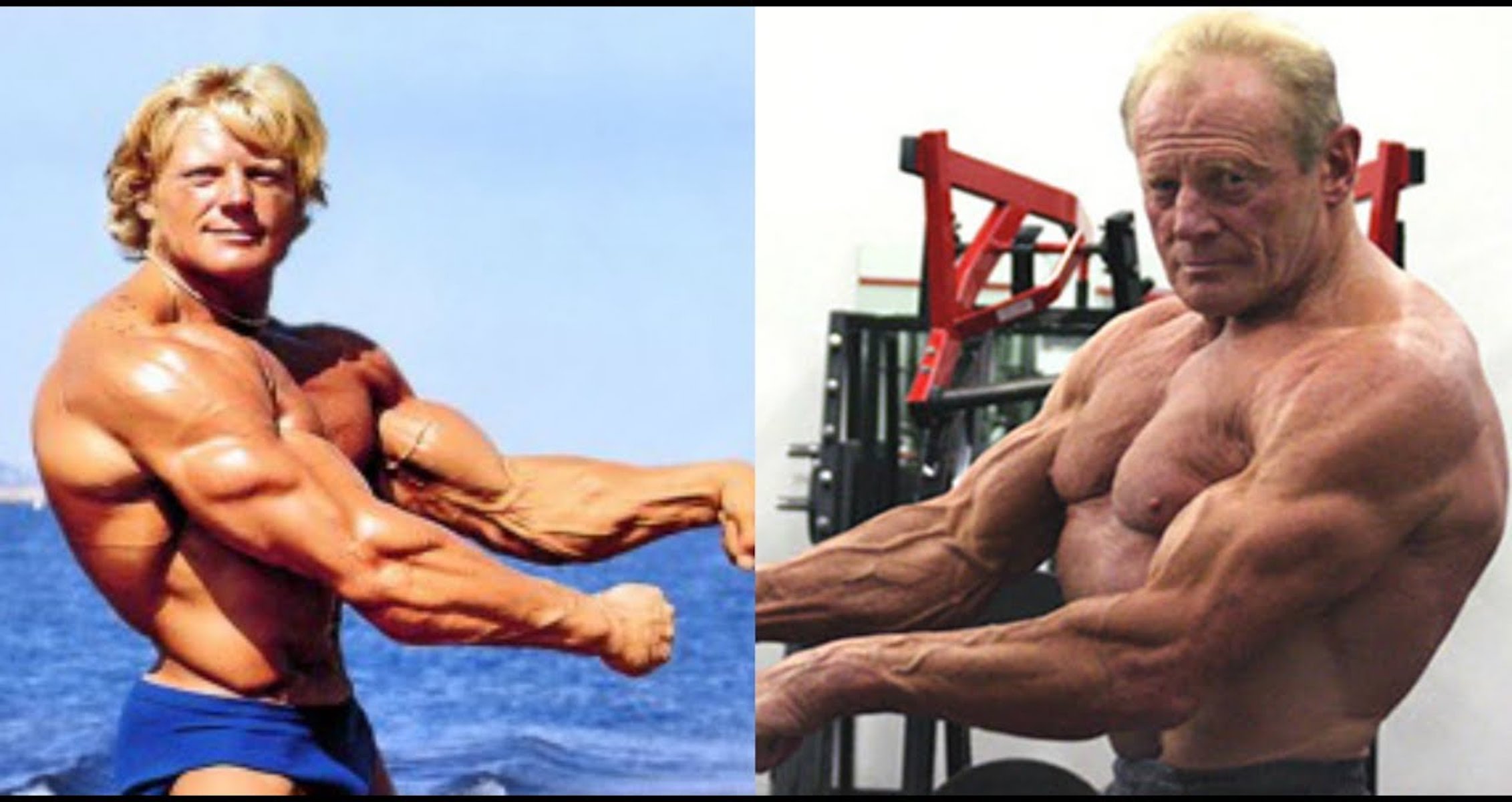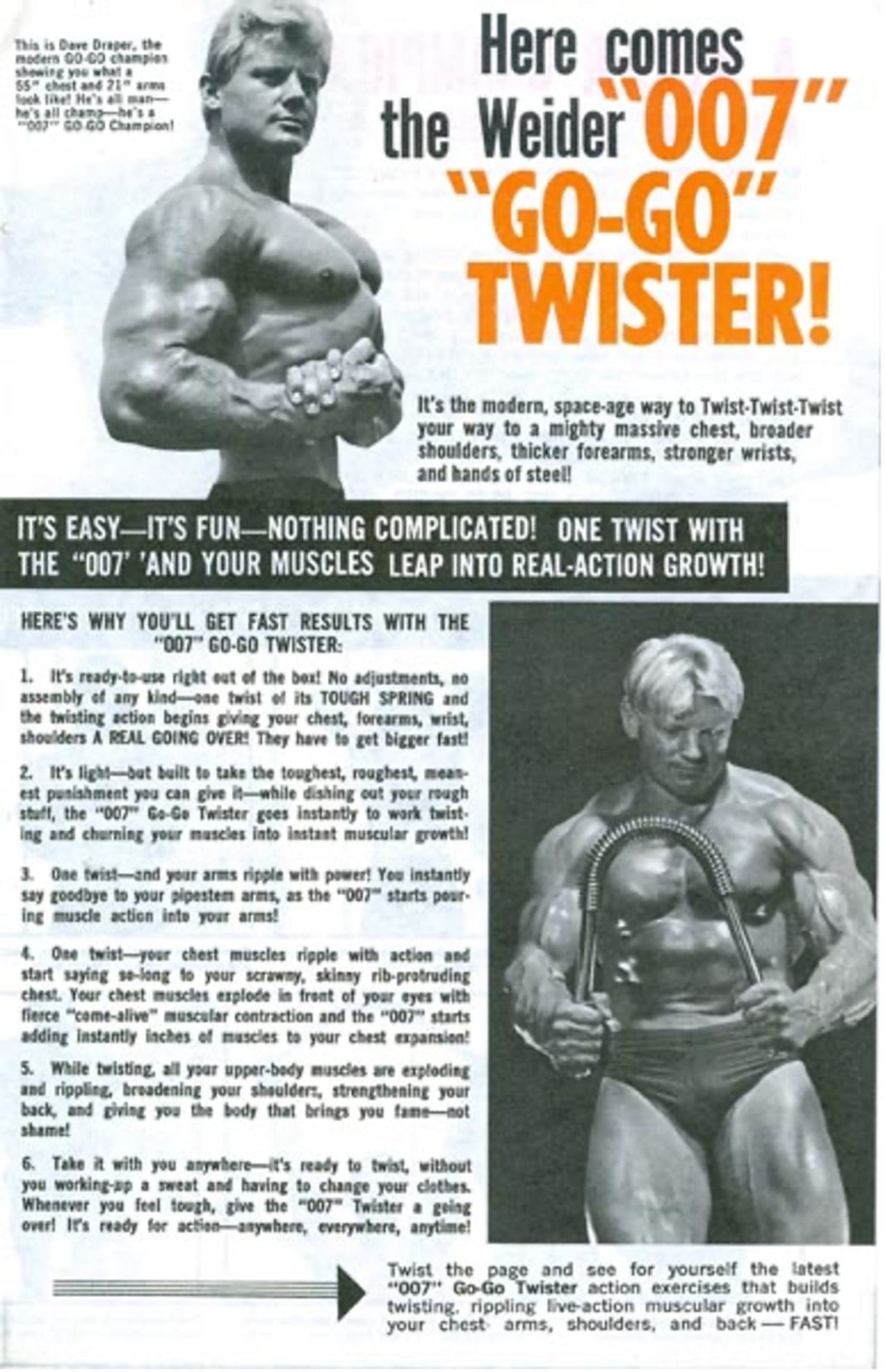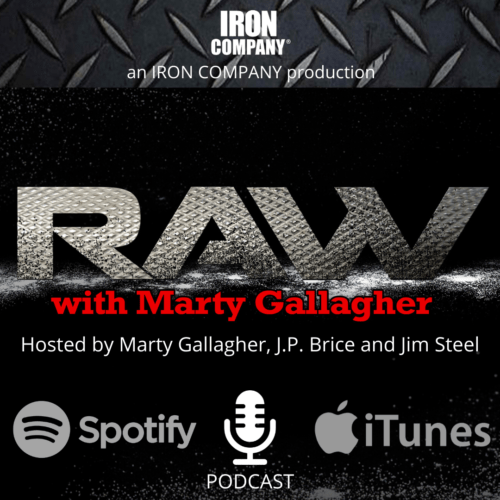
Dave Draper - Forged Passion
“Bodybuilding is a sport, an art form, a diversion, a hobby, an obsession, a competition, a love affair and a lifestyle.” One set of eyes look ahead with joyful optimism, the other set of eyes look back with an expression of mature realism: Dave Draper in his 20s and Dave in his 70s: the Hindu mystics have a saying, “The happiest man connects the morning of his life to the evening.”
Dave Draper was the face, the body, and the soul of modern bodybuilding. When Joe Weider relocated from Toronto to New Jersey in the early 1960s, he hired two locals to work in the tiny Weider office: Leroy Colbert and 18-year-old Dave Draper. Leroy’s arms were the best in the world and young Draper, a blond giant, oozed a quiet charisma that Weider immediately spotted. Leroy was a grown man, his physique had peaked, Dave was a man-child whose powers and physique were just unfolding.
Young Dave began appearing in the fledgling Weider bodybuilding magazines. With his cherubic face, flowing blond locks, height (Dave was a full 6-feet) great upper body, superb arms and forearms, Dave Draper soon became the most recognizable face in bodybuilding. When Weider relocated to Southern California in the early sixties, Dave relocated. Once on the West Coast, everything fell into place.
Joe Weider was a marketing genius with the eye of an artist. Bodybuilding is a visual art and Joe enlisted the cameras of Artie Zeller, Russ Warner, Gene Mozee and Jimmy Caruso to create the images that sold magazines and product. Joe sought to gloom bodybuilding onto an emerging youth culture myth. Joe’s goal was to link bodybuilding to “beach culture.”
First introduced to the wider world by Brian Wilson’s beach-girl-surfer-hotrod mythologizing, the early Beach Boy songs described a mythical teen nirvana: Southern California, where it was eternally summer, a land populated by hodads and beach bunnies. Wilson’s songs described surfing all day (mostly unknown in 1963) then drag racing flathead little deuce coupes to the hamburger stand. Every night there was a bonfire on the beach and Dick Dale played jackhammer guitar at high volume. You danced to surf music with (and later made mad love to) a little surfer girl. Pass out and repeat. Sign me up.
Joe added bodybuilding to this emerging beach lifestyle dreamscape. It was not much of a stretch: bodybuilding already had a legitimate role in SoCal beach culture. In the 1940s and 1950s, Muscle Beach extravaganzas drew crowds in the thousands for weekend shows featuring posing bodybuilders competing for titles like Mr. Muscle Beach, strongman like Doug Hepburn and Paul Anderson performed incredible feats while elite hand balancers formed five-person-high human sculptures.
Joe Weider focused his advertising on creating the beach vibe and linked it to bodybuilding. Which was easy: put a bunch of good-looking, rocked out young male-model types, men with world level physiques, in skimpy bathing suits and have them frolic with scantily clad, wonderfully constructed beach babes in bikinis. Dave, Don Howorth, Bill McArdle, Don Peters, and Larry Scott were the good-looking bodybuilders used in dozens of ads for Weider products with hyperbolic names. The ad copy was incredible…

Dave Draper gives Joe Weider’s 007 Go Go Twister some ‘who’s your Daddy!’ action. As the ad explains, “Whenever you feel tough, give the 007 Twister a going over!” The 007 Go Go Twister “is the modern space age way to twist-twist-twist your way into a mighty massive chest and hands of steel.” This device “is ready for action – anywhere, everywhere, anytime!”
Dave was everywhere. When Dave wasn’t featured in ads, he was being featured in articles in Muscle Builder, Mr. America, and All-American athlete. Joe Weider wanted rock and roll prose in both his ads and the magazine articles. At the time, Weider’s main competition for both product sales and control of bodybuilding was the staid, uber-conservative, suit-and-tie York organization. Joe sought to create maximum contrast with these grumpy old men.
Dave Draper was our role model. I remember being fired up seeing him in Don’t Make Waves with bombshell Sharon Tate, who was later a murder victim of the Manson clan. He said maybe three words in the whole movie, but that didn’t matter as long as he had his shirt off.
Joe Weider adopted the gonzo journalism style ten years before Hunter S. Thompson invented the phrase and formalized the style. A typical Muscle Builder article in 1964 might read, “The Blond Bomber reveals for the first time his top-secret arm-blasting routine used to bomb and blitz his arms to 20-inches cold!” What 15-year-old with 14-inch arms could resist that article? To Dave’s credit, he visibly improved the deeper he got into his competitive career. He was a big smooth boy that developed an ability to lean out, to strip off bodyfat. This separated him from the other big men of that primal era.
Dave wasn’t just on the scene; he was a foundational personality. His visible improvement, from chubby smooth 250-pound teenager to a ripped Mr. Universe, captivated young readers nationwide and worldwide. Dave’s later training sessions with Arnold, Franco, Ed Corney, etc., were legendary. Dave was an Original Gangster, an OG, he was great early on and stayed great for a long time. To this day that period from the mid-sixties to the mid-seventies, is revered by fans as bodybuilding’s Golden Era.
Dave Draper, like Bill Pearl and Larry Scott, used his knowledge and expertise to create an age-defying body. At age 70, he took photos that presented an unprecedented level of muscle and muscularity. Not only had the 70-year-old Draper managed to retain an astounding amount of lean muscle mass, he also created a degree of muscular definition that seemed impossible. Dave’s late in life progress was a result of his wealth of training and dietary knowledge and his intense self-discipline – knowledge and discipline that only comes to those with decades of training and dieting experience.
Dave Draper inspired me early in my life. Russ Warner photos of Dave standing around, relaxed, in a white sleeveless sweatshirt, arms akimbo, fired 15-year-old Marty up to redouble his arm work. Dave, Bill Pearl, and Larry Scott, showed me what was possible late in life. Looking at photos of Draper in his 70s fires me up to this day. Dave was, for me, both an early in life inspiration and a late in life inspiration. He will be sorely missed.
About the Author
As an athlete Marty Gallagher is a national and world champion in Olympic lifting and powerlifting. He was a world champion team coach in 1991 and coached Black's Gym to five national team titles. He's also coached some of the strongest men on the planet including Kirk Karwoski when he completed his world record 1,003 lb. squat. Today he teaches the US Secret Service and Tier 1 Spec Ops on how to maximize their strength in minimal time. As a writer since 1978 he’s written for Powerlifting USA, Milo, Flex Magazine, Muscle & Fitness, Prime Fitness, Washington Post, Dragon Door and now IRON COMPANY. He’s also the author of multiple books including Purposeful Primitive, Strong Medicine, Ed Coan’s book “Coan, The Man, the Myth, the Method" and numerous others. Read the Marty Gallagher biography here.



